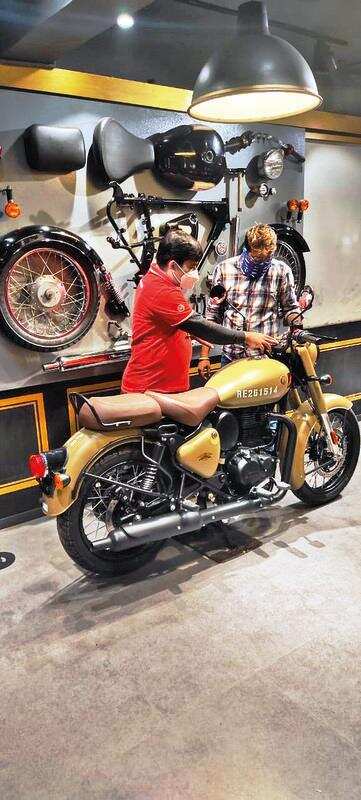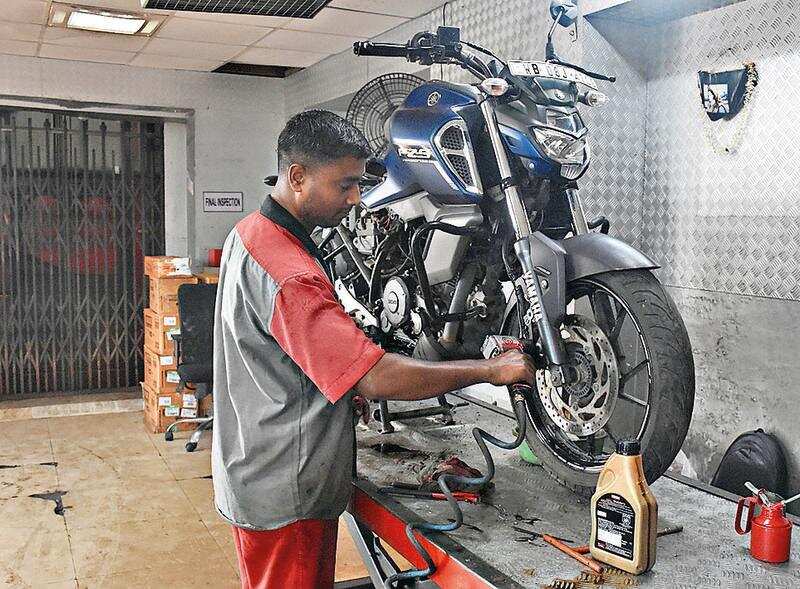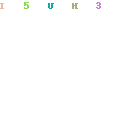Kolkata: After an extremely challenging year when the industry was hit by the double whammy of major hurdles in manufacturing and plummeting demand, the two-wheeler market is expected to move into top gear in the second quarter of next year, riding on restoration of supplies and a robust growth in demand.
While the pent-up demand, particularly in executive and performance segment bikes, is expected to trigger the initial sales growth, the re-emergence of col-lege-goers as a customer segment coupled with rising fuel costs that have brought the frugal two-wheelers back in the reckoning of customers considering entry-level cars, is expected to sustain the growth through the next year.
But all that will happen only if two-wheeler manufacturers live up to the promise of restoring supplies of motorcycles in the 150cc and above categories that have been badly impacted by the global chip shortage.

This September, only 65,500 units of bikes and scooters were sold in Bengal, a decline of 37% against 1.04 lakh units in September 2020. The industry had last September recorded a growth of 12% against September 2019, when 93,000 units were sold.
While the spectacular jump in sales last year despite the sector losing out nearly three months to lockdown was driven by the pandemic and fear of using public transport, sales took a beating countrywide during the second wave this April-June. Any hopes of recovery were dashed by the chip crisis that crippled production.
Among the bikes that have virtually vanished from showrooms are Honda’s Unicorn, XBlade and Hornet 2.0; Bajaj Pulsar 150 and 180, and NS 200; TVS Apache 180 and 200; Yamaha FZ, FZX and R15. Only Hero’s XPulse 200 and Xtreme 160 R are available in the market.
The worst hit though are companies that play in only the higher end of the market: Royal Enfield, Jawa, Harley Davidson, Triumph, Indian Motorcycle, Ducati, Hayabusa and others.

“It is difficult to tell if sales would have been as high as 2020 given the multiple challenges that we faced this year. But it would certainly have been way bet-ter had the industry not been hit by a supply crunch. In Kolkata and the rest of Bengal, there is a fair demand in the executive and performance & style segments of two-wheelers,” said Federation of Automotive Dealers Association (FADA) chief executive officer Saharsh Damani.
Apart from the devastating second wave that impacted cities as well as suburban towns, the floods in July-August and again in early September stymied semi-urban and rural sales. Loss of standing crop led to many farmers shelving plans to purchase a motorcycle. In many places, showrooms were submerged and remained shut for over a fortnight.
Petrol prices that went through the roof didn’t help the cause with many prospective customers for entry level or commuter segment bikes deciding to push back purchase. Many developed cold feet at the prospect of having to buy petrol at over Rs 100 a litre.
“Usually, 35-40% of the annual two-wheeler sales happen during the festive months of September to November. But this year, around 60% of that business did not happen due to these factors,” pointed out Abhinav Agarwal, a Honda dealer in Hooghly. Incidentally, 88% of two-wheeler sales in Bengal happens outside Kolkata in tier-II/III towns like Siliguri, Asansol and Burdwan, and in the rural belt with motorcycles accounting for 65% of the two-wheeler pie.
In Kolkata, prospective customers of executive and performance category bikes who have not had such an adverse financial impact due to Covid are ex-pected to make their purchase if supplies resume.
“With two-wheeler manufacturers hinting at improved supply soon, we hope sales will be generated from those who have been waiting for the bikes as well as college-goers who have been confined to homes for two years as educational institutions had remained shut,” said Divyanshu Mahansaria, a Honda dealer in Kolkata.
Arnab Sarkar, the sales and service executive at a Yamaha dealership, is confident that if supplies are restored, more two-wheelers will be sold in December than during the past three months. “We have around 200 customers waiting for the bikes,” he said.
Royal Enfield dealers are among the worst hit by the chip crisis as it has no motorcycles in the sub-150cc category. In fact, with its portfolio comprising bikes between 350cc and 650cc, all of them are heavily dependent on chips. RE dealer Kushal Bajoria says but for the supply constraint, he could have sold three times the number of bikes he has managed to sell during the festive months.
“We saw phenomenal demand last year that translated into huge sales. We should get to the 2019 level gradually. I expect to see some green shoots in the latter half of January,” said Bajoria.
What’s also expected to spur the two-wheeler growth is the acceleration in the EV initiative with companies like Hero Electric, TVS iQube, Revolt, Okinawa, Ola, Ather and others launching battery operated vehicles.
Source: https://timesofindia.indiatimes.com/city/kolkata/wheels-of-hope/articleshow/87824363.cms?UTM_Source=Google_Newsstand&UTM_Campaign=RSS_Feed&UTM_Medium=Referral



